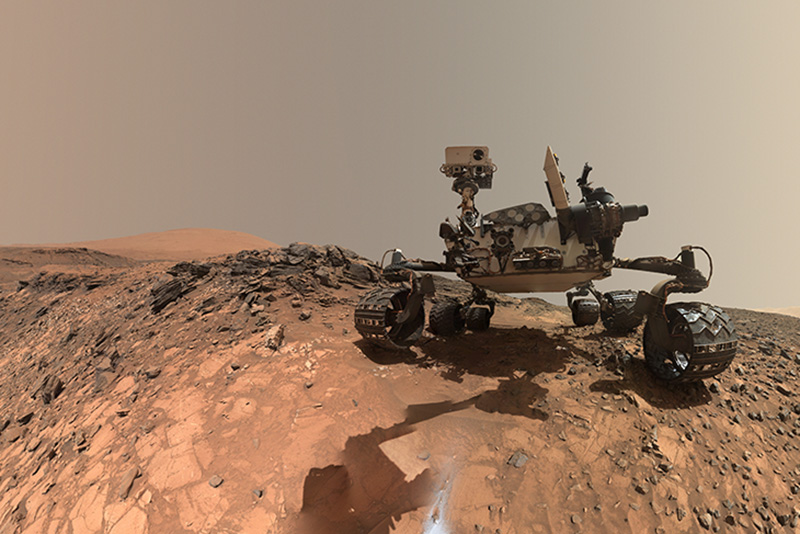Planetary scientists answer Mars mystery
NASA's Curiosity rover piqued interest after discovering tridymite at Gale Crater in 2016

A team of researchers from Rice University, NASA's Johnson Space Center, and the California Institute of Technology have a new scenario that explains the mineral's presence.
Tridymite is a high-temperature, low-presure form of quartz that is extrememely rare on Earth.
Gale Crater was chosen as a landing site due the suspicion that it once held water, with the rover finding evidence the crater was actually a lake one billion years ago.
The team reevaluated data from every reported tridymite find on Earth, reviewed volcanic materials from Mars models, and reexamined sedimentary evidence from the crater lake.
The scenario that matched all the evidence was that Martian magma partially cooled in a sub-volcano chamber, undergoing fractional crystallisation until extra silicon was available.
The reesearchers say that a massive eruption spewed the extra silicon in the form of tridymite into the crater lake and surrounding rivers. Water helped break down the ash and sort the minerals.
This scenario also explains other geochemical evidence found in the sample from Curiosity, including opaline silicates and reduced aluminium oxide concentrations.







